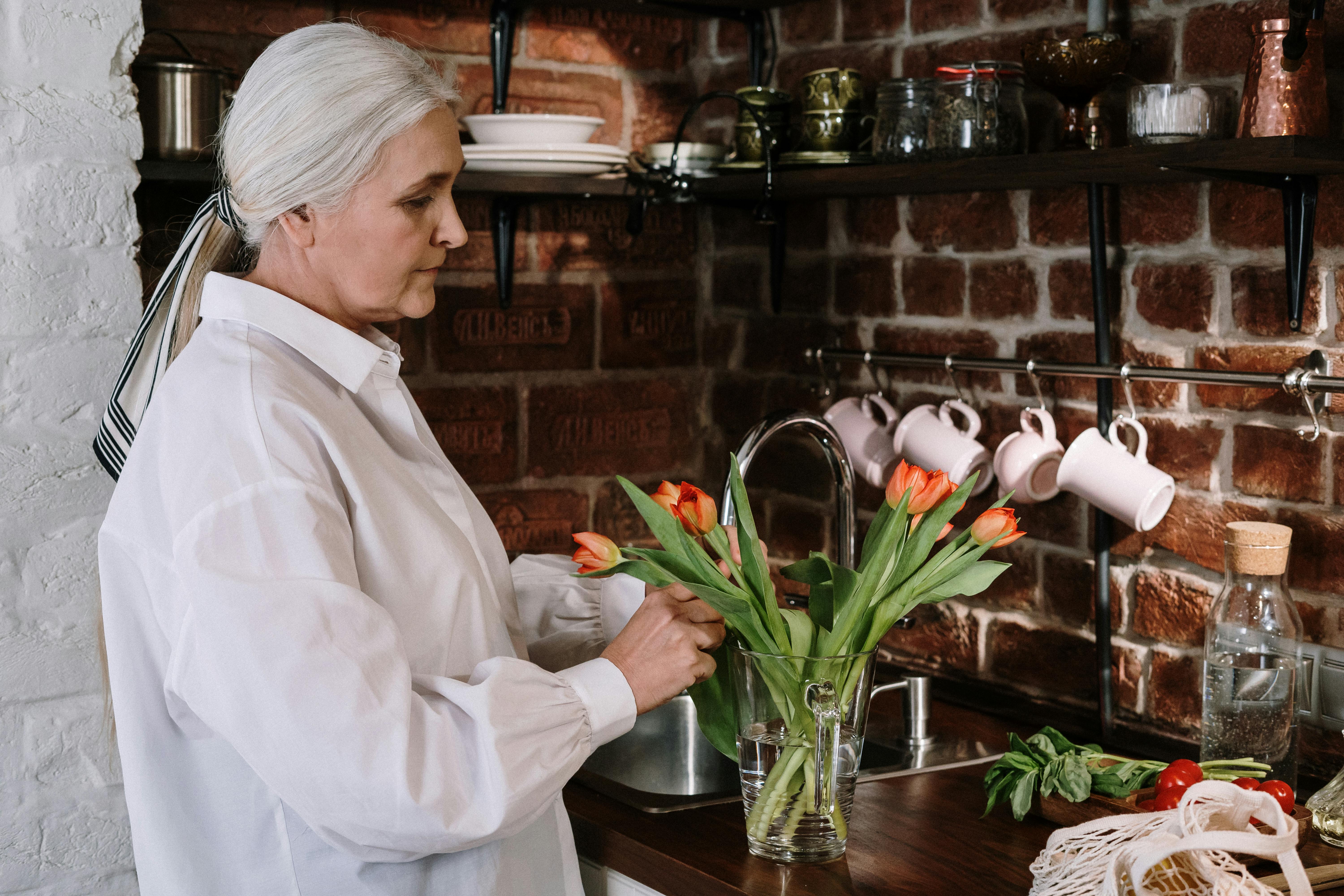How Deep Should Your Wardrobe Be?
When it comes to wardrobe design, it’s vital to carefully plan your space to accommodate your specific needs. The result is a wardrobe that’s functional, practical and easy to use.
Wardrobes should be positioned in such a way that they provide access to all the clothing and shoes stored inside. It should also be a convenient place to store linen, accessories and hats.
Hanging rails
Hanging rails in a closet should be 60 cm (24 inches) deep to provide room for shirts, light jackets and other items. However, larger individuals or those storing wider items, like winter coats and sport coats, may opt for 70 cm (28 inches) of depth, which also provides more space for shoe storage under hanging clothes and other boxed items that are stored above the clothing on a shelf over the high end wardrobe rail.
The minimum height for hanging rods is 84 inches, which should provide enough space for dresses, coats and suits to be hung on a double-hang configuration, though it can be adjusted to accommodate individual needs. A double-hang configuration typically uses one short-hang rod, positioned 42 inches above the floor, and another long-hang rod, positioned 68 inches above the floor.
Shirts and blouses take up about 1 inch of space on a short-hang rod, pants and skirts require about 1.25 inches, and dresses and jackets require about 2 to 3 inches. Men’s slacks and pants normally require less space than women’s, so include only enough single-hang sections to handle the majority of your clothes.
When designing a closet, start with a comprehensive list of the items that will be hung. Tally up each item and decide whether it can be hung on double-hangs, single-hangs or both.
In the event that double-hangs are a must, ensure that they’re mounted to a stud inside the wall and secured with bracket screws. If you don’t, the extra weight of your clothing will tear the brackets from the wall.
Once you have a plan in place, work out what size your closet should be. A standard walk-in closet, designed for hanging clothes and storing shoes, should be at least 4 feet wide. Larger walk-in closets can be as long as 6 feet wide and may require additional shelving, drawers or baskets to make the most of the space.

Once you know how much space you need for the types of items you want to store, it’s time to determine what type of rack system you want to install. You should choose a design that fits your lifestyle and the amount of clutter you have in your closet. A professional can help you determine the right design for your home.
Shelves
The amount of shelving space you need depends on the number of items you want to store. It also varies depending on whether you’re using a closet rod or shelves for hanging clothes.
Shelves should be at least 11 inches deep to accommodate clothing and up to 15 inches high for folded clothing. The depth should be consistent across the closet to avoid sagging or bending.
Stacking folded clothes and shoes on shelves is a good way to save space and keep them from taking up too much storage. It’s also easier to find things than if they’re tucked away in drawers.
Professional organizer Jeni Aron recommends customizing shelving to your preferences. She says, “Customize it to work for you and your things, not the other way around.”
For example, if you’re using shelves in your closet to display a collection of items you haven’t worn in a while, consider placing them lower to the floor. This can also help you make better use of your space, because it gives you more room for other items to be stacked on top of them.
To build a set of shelves, you’ll need to cut two pieces of wood. Each shelf should be at least 14 inches long and will need a side support that’s attached to the back of each shelf by nailing it into the studs.
The depth of the side supports can be a bit wider than the length of the shelves, but it should still be wide enough to accommodate the weight of the objects you’re storing on it. Once the shelf supports are cut and attached, they can be painted to match the rest of the shelving or stained to coordinate with your wardrobe.
If you’re planning to use the side supports on the back of shelves, be sure they’re level before you start hammering them into place. You can always move them up or down later to suit your changing needs.
In the case of a closet with a slanted ceiling, shorter adjustable shelving works well to accommodate items that aren’t tall enough to fit on higher shelves. It’s also a good idea to add extra shelves to the floor of the closet for hats, scarves and other smaller accessories.
Drawers
A wardrobe is a large cupboard or cabinet that provides storage for clothes. It also provides space for hangers and other devices that aid in keeping the clothes organized. Wardrobes are usually located in the bedrooms, but can be found in other areas of the home such as the living room and kitchen.
The dimensions of a wardrobe depend on the builder or designer, but most are 24-inches deep and 72-inches high. If you have a small space, it is possible to reduce the depth of your wardrobe. This minimizes the amount of room needed for hangers, and makes it more convenient to store clothing.
Most standard wardrobes have one or more doors that slide on tracks and are hinged on the top. The door-panels should be no more than 24 inches wide, so that there is no excessive load on the hinges. This allows the doors to open freely without wrinkling.
When designing a built-in wardrobe, think about what you want to store in it. Determine how many drawers, shelves and hanging rails you need to get everything organized and stored properly.
Make sure to allow for a reasonable amount of room between drawers, especially for shoes and accessories. You don’t want to end up with a closet with drawers that are too close together, or you won’t be able to find anything in them quickly.
Similarly, the width of drawers is also important. A drawer that is too narrow can cause items to fall out when you’re trying to access them, making it difficult to locate a specific item.
Drawers should be at least 8 inches deep for hanging clothes and 4 to 6 inches deep for clothing that requires extra storage space, such as socks or underwear. You can choose to have your drawers lower than this to give you more space for hanging and folding clothes, but keep in mind that the bottom of the drawer should be flush with the floor.
Most walk-in closets have 12 inch deep shelves because it is the minimum standard size for most cabinets, but you can have them as deep as 16 inches. This will provide more storage space in tighter spaces but it won’t change the position of the garment bar on the back wall.


